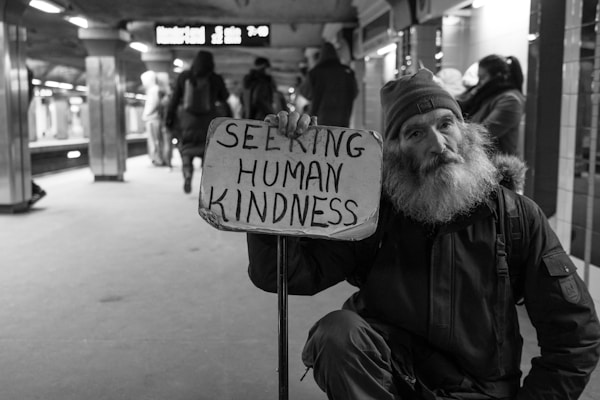Poverty is a major problem in our world today. It is estimated that 1.2 billion people live in poverty, which is about 1/5 of the world’s population. Poverty is defined as a lack of money or resources to meet basic needs such as food, clothing, and shelter.
Poverty is a very complex issue with many causes and effects. There are many barriers faced by people in poverty. Keep reading to learn more.
Increased Addiction Rates

There is a clear correlation between poverty and opioid addiction. People in poverty are more likely to have an opioid addiction, and they are also more likely to experience negative consequences as a result of their addiction. One reason for this correlation is that people in poverty often have limited access to quality healthcare. As a result, they may be more likely to rely on prescription opioids to manage pain. When these opioids are no longer available or affordable, people in poverty may turn to street drugs like heroin to get their fix. People in poverty are also more likely to face stress and instability in their lives. This can lead to addiction and other destructive behaviors. Signs of opioid overdose can include pinpoint pupils, slow breathing, vomiting, and loss of consciousness. If someone is suspected to have overdosed on opioids, it is important to administer naloxone (Narcan) as soon as possible. Naloxone is a medication that can reverse the effects of an opioid overdose.
Lack of Access to Nutritious Food
Hunger and malnutrition are problems faced by people in poverty all over the world. A lack of access to nutritious food is a major contributor to both of these problems. Poverty is often associated with a lack of resources, including access to nutritious food. Poorer families may not have the money to buy food, or may not have access to affordable, healthy food options. This can lead to malnutrition and hunger. In addition to a lack of resources, poverty can also lead to unhealthy eating habits. People in poverty may have to rely on cheap, unhealthy foods, which can lead to obesity and other health problems. Poverty is a complex problem, and there is no one-size-fits-all solution. However, improving access to nutritious food is an important part of reducing poverty and hunger. Governments, NGOs, and other organizations can work to create policies and programs that make nutritious food more accessible to those who need it, such as by offering easier access to food stamps.
Lack of Affordable Housing

Affordable housing is a critical issue in the United States, as there is a lack of affordable homes available for people who are living in poverty. According to the National Low Income Housing Coalition, there is no state in the country where a full-time worker earning minimum wage can afford to rent a two-bedroom apartment. This problem is only going to get worse, as the cost of rental housing continues to increase faster than wages. There are a number of factors that contribute to the lack of affordable housing in the United States. One major reason is that there is an insufficient supply of affordable homes relative to the demand. In addition, many low-income households are unable to afford market-rate rents, which has led to an increase in homelessness and overcrowding. Another issue is that federal funding for affordable housing has declined significantly over the past few years.
People living in poverty face many barriers to success in the United States, which can ultimately lead to a full life of poverty. These barriers can be categorized as economic, social, and educational. Some of the most common barriers include: not having access to affordable housing, nutritious food, and quality education. To break the cycle of poverty, it is important to address these barriers and provide opportunities for people to improve their lives.










